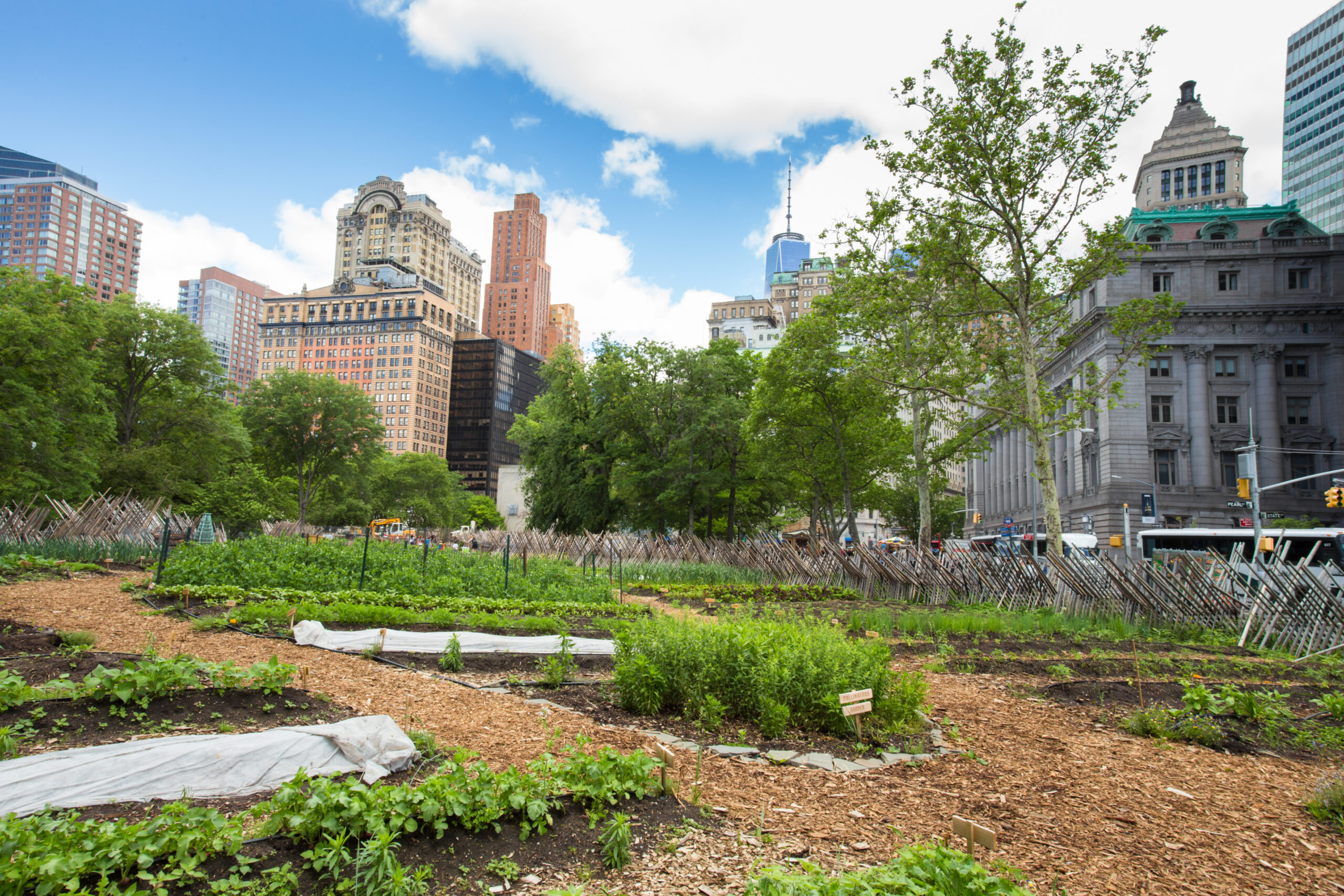The Single Strategy To Use For City Blooming
The Main Principles Of City Blooming
Table of ContentsFacts About City Blooming RevealedEverything about City BloomingGet This Report about City BloomingThe smart Trick of City Blooming That Nobody is DiscussingThe Only Guide for City Blooming
Fascinated in expanding food for sale in the City of Chicago? Below is a listing of regularly asked questions concerning the regulations and policies that cultivators ought to think about when preparing an urban agriculture job.
The zoning modification does not modify any type of various other codes managing composting, structure licenses, purchasing or leasing City possessed building, company licenses or environmental contamination. There are existing codes that regulate these problems and they continue to be completely result and might be applicable to your project. Area yards are typically possessed or handled by public entities, civic organizations or community-based organizations and preserved by volunteers.
Urban ranches grow food that is meant to be marketed, either on a nonprofit or for-profit basis. Due to their commercial purpose, urban ranches need a business permit. Yes. A community yard is permitted to offer surplus produce that was expanded on website if the sales are accessory or subservient to the garden's primary purpose described over.
Our City Blooming Diaries
The amount of garden compost product can not surpass 25 cubic backyards at any kind of given time according to the criteria in 7-28-715 of the City's Municipal Code. Since the soil at the majority of new yard websites needs amending, compost, soil, wood chips, or various other products can be acquired to build or improve the growing area.

If a building permit is called for then the hoophouse will certainly be thought about an accessory building. You can learn even more regarding the building license demands by getting in touch with the Department of Structures. The 25,000-square-foot size limit is planned to stop a single area garden from dominating an offered block or detracting from the block's existing domestic or commercial character.
The limitation does not put on yards located in Public Open Room (POS) areas. Can there be greater than one neighborhood garden that is 25,000 square feet on a single block? Yes. The dimension limitation relates to specific gardens, not to private blocks. No. Secure fencing is not required, however, yards that have big parking lot may be called for to install fencing or other landscape design functions.
City Blooming Fundamentals Explained
B1 & B2 districts require that all industrial use tasks be carried out indoors. R areas limit commercial task. The regulations show the function and intent of the Zoning Code. Is fencing required for urban farms? Yes. Fences may be needed, together with landscape design and screening, for sure parking areas and outdoor job or storage areas depending upon area and the certain activity occurring.
Urban farms call for building authorizations and zoning authorizations prior to building (urban gardening). Various other types of city review may be needed read what he said depending on details structures, tasks, dimension, landscape design, licensing, public heath and stormwater management problems.
The Department of Business Affairs and Customer Protection can assist establish the particular kind of organization license that's needed. Off road car park is required for a lot of business tasks in Chicago. The needed number of parking spaces is based on the number of staff members functioning on website and not the square footage of the growing area.
Excitement About City Blooming

Yes. A metropolitan farm can offer garden compost material created on site, nevertheless, the procedure has to abide by the guidelines in 7-28-715 of the Chicago Municipal Code. Yes. Aquaponic systems are permitted indoors on urban farms in lots of zoning areas. A zoning evaluation and building authorization is required in order to install structures or systems and a service permit is needed as explained over.
Up to 5 hives or nests of honey may be kept as an accessory use. Nevertheless, beekeepers need to register with the Illinois Department of Agriculture. For more info about the suggested zoning amendment you might speak to the Division of Housing and Economic Advancement, Bureau of Preparation and Zoning at 312.744.8563.
Farming in cities and urban areas An urban ranch in Chicago. Urban agriculture refers to numerous methods of cultivating. https://www.merchantcircle.com/blogs/city-blooming-san-francisco-ca/2024/6/City-Gardening-Growing-Urban-Spaces/2755418, handling, and dispersing food in urban locations. The term additionally relates to the area tasks of pet husbandry, aquaculture, beekeeping, and horticulture in an urban context. Urban farming is distinguished from peri-urban agriculture, which occurs in backwoods beside residential areas.
Rumored Buzz on City Blooming
, that seek to create social networks founded on a shared principles of nature and community holism. These networks can create by method of formal institutional assistance, becoming integrated into regional town planning as a "change town" movement for sustainable city growth.
Some of the first proof of city agriculture comes from Mesopotamia.